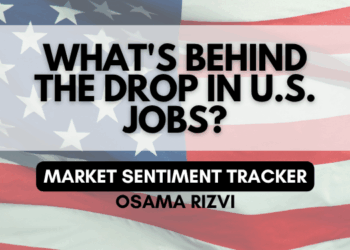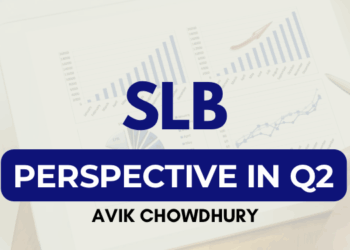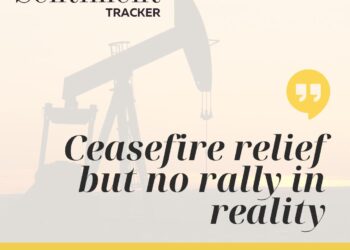By Osama Rizvi for Primary Vision
We are living in very interesting times. There is an unfolding energy crisis across Europe, inflation is rising, fears of stagflation becoming more pronounced. Oil prices have touched recent years’ highs and this has added to the cauldron of worries nearing boiling point. We have tried to cover these and many other developments in our ECON show. In the past few weeks much focus has been given on global economy and its growth estimates (among other things). I thought to write about what’s happened recently and where we might be headed.
In terms of inflation surprises, we are going higher. On the other hand, lead economic indicator are surprising to the downside – as visible by the graph below on the left side. Primary Vision has time and again said that we are past peak growth and the question now becomes where do we go from here? Will we be able to maintain it or go downwards. Even in the U.S. the Citi’s infaltion surpirce index is almost at its lowest.

Another chart below tells the tale of advanced vs emerging/developing economies. One can see that the advanced economies were able to acheive some growth mainly through monetary stimulus but emerging markets couldn’t. It is also important to note here that commodities are prices in dollars, so is most of the debt. An increase in dollar can have drastic effects on the emerging economies (as it did recently). Food prices, oil prices and debt servicing in emerging markets can have direct impact because of Fed’s policies and cause much problem for the policy makers and politicians in these countries.

On the food prices side, Brazilian fertlizer prices have doubled in 12 months which will result into a decrease in corn volumes and increase soybean volumes as it is going to cost too much to grow corn.

On the other side, global debt has reached to a record at $287 trillion and we don’t see it going down anytime soon. One can also observe, as the chart shows as well, that interests rates have started to increase owing to the fears of an overheated economy and in order to avoid hard landing and aim for a soft one, countries have started to ramp up interest rates which will only create more issues given the amount of debt.

Oil prices, both Brent and WTI, are above $80 and commodities continue to rally. Against this backdrop businesses will have no option than to pass on the cost to consumers creating an inflationary spiral. Time will tell. But these are some signs that investors, policy makers and market observers should not ignore.











